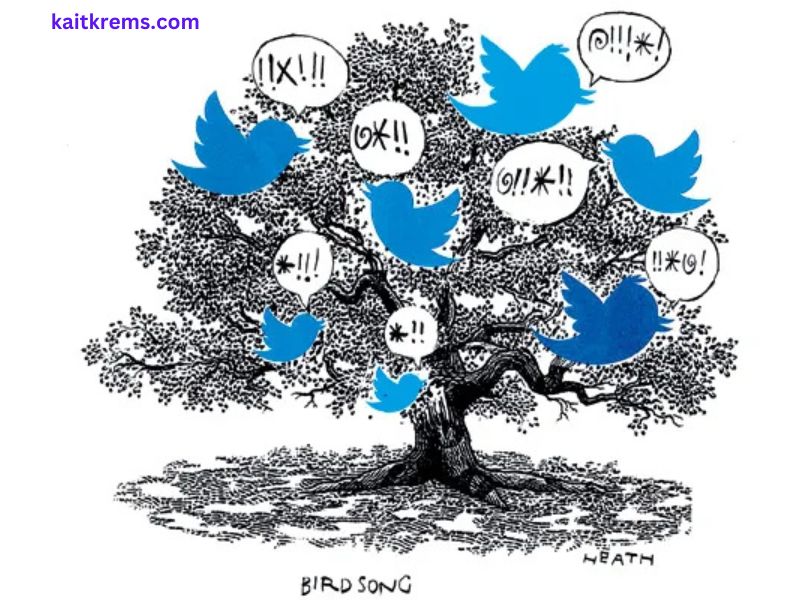In the ever-evolving landscape of internet culture, memes have emerged as powerful tools for communication, humor, and critique. One particularly notable meme that has gained traction in recent election cycles is the “Circular Firing Squad” meme. This concept encapsulates the self-destructive tendencies often seen within political groups, particularly during election seasons. In this article, we will explore the origins, meanings, and implications of the Circular Firing Squad meme, as well as its impact on political discourse.
Origins of the Circular Firing Squad Meme
The term “circular firing squad” has historical roots, originally referring to a military execution method where a group surrounds a target and shoots inward, effectively turning on themselves. This metaphor has been adapted in political discourse to describe situations where members of the same political party or movement attack each other, undermining their collective goals and weakening their chances in elections.
The meme began to gain popularity on social media platforms like Twitter and Reddit, particularly in the context of the Democratic Party during primary seasons. It serves as a visual representation of infighting among candidates or factions, illustrating how internal conflicts can lead to electoral losses. The meme often features humorous or absurd imagery, making it easily shareable and relatable among users.
The Meme’s Evolution
As the Circular Firing Squad meme evolved, it became a versatile tool for various political commentators, activists, and everyday social media users. It can take many forms, from simple text posts to elaborate images featuring politicians and fictional characters. The humor often lies in exaggeration; for example, depicting a chaotic scenario where political figures are literally firing at each other while facing the same direction.
In the context of American politics, the meme became particularly salient during the 2020 Democratic primaries, where candidates frequently criticized each other over policy differences. Social media users quickly began sharing variations of the meme to express frustration with the party’s internal divisions. Phrases like “Why are we shooting each other?” or “Can we stop the circular firing squad?” became popular captions, emphasizing the futility of infighting in the face of common opposition.
The Political Implications
The Circular Firing Squad meme highlights several critical aspects of contemporary politics:
1. Self-Sabotage
At its core, the meme serves as a commentary on the self-sabotaging behavior of political parties. It underscores how internal conflicts can distract from larger issues and compromise a party’s chances of success. This is especially evident in situations where party members prioritize personal ambitions over collective goals, often leading to electoral defeats.
2. Unity vs. Division
The meme also brings to light the tension between unity and division within political movements. While healthy debate and discussion are essential for a functioning democracy, excessive infighting can fracture coalitions, making it difficult to present a united front against opponents. The Circular Firing Squad meme acts as a rallying cry for those who advocate for more cohesive strategies within political parties.
3. Social Media Dynamics
In the age of social media, the dynamics of political discourse have changed dramatically. Memes like the Circular Firing Squad illustrate how online platforms can amplify messages, allowing for rapid dissemination of ideas. However, they also highlight the potential for misinformation and the tendency for discussions to devolve into ridicule rather than constructive dialogue.
4. Voter Perception
The internal conflicts depicted in the Circular Firing Squad meme can influence voter perception. When parties engage in public disputes, they risk alienating potential supporters who may view such behavior as unprofessional or immature. Voters often desire strong, stable leadership, and infighting can create doubts about a party’s ability to govern effectively.
The Meme’s Impact on Political Discourse
The Circular Firing Squad meme has had a tangible impact on political discourse, particularly among younger voters who are more attuned to meme culture. By framing complex political dynamics in a humorous and relatable way, the meme fosters engagement and encourages individuals to reflect on the behaviors of their preferred political groups.
1. Encouraging Reflection
The absurdity of the meme prompts users to consider the implications of infighting. By exaggerating the consequences of internal conflict, the meme encourages a more critical examination of political strategies. It asks voters to consider whether their preferred party is engaging in self-destructive behavior and what that means for the future of their political aspirations.
2. Creating Solidarity
In times of division, the Circular Firing Squad meme can also serve to create solidarity among those who recognize the need for change. By acknowledging the problem of infighting, activists and supporters can come together to advocate for unity and a more collaborative approach to campaigning and governance.
3. A Tool for Critique
Political opponents often use the meme to critique their rivals, capitalizing on the humor to highlight perceived weaknesses. By sharing the meme, individuals can communicate dissatisfaction with specific candidates or factions without resorting to lengthy explanations. This bite-sized critique fits perfectly into the fast-paced nature of social media.
Criticism of the Meme
Despite its popularity, the Circular Firing Squad meme is not without its critics. Some argue that it oversimplifies complex political issues and reduces nuanced debates to caricatures. Critics point out that while infighting can be detrimental, it is also essential for democratic processes, as differing viewpoints can lead to better policies and representation.
Moreover, there is a concern that the meme may inadvertently downplay the significance of substantive disagreements. By framing these disagreements as mere infighting, the meme risks trivializing important policy discussions that should take place within political parties. This can lead to a culture where dissent is discouraged in favor of maintaining a superficial sense of unity.
Conclusion
The Circular Firing Squad meme encapsulates a critical aspect of modern political discourse: the tendency for internal conflict to undermine collective goals. By employing humor and exaggeration, the meme serves as both a critique and a reflection of the self-sabotaging behaviors observed in political parties, particularly during election cycles.
While it has undoubtedly contributed to discussions about unity and strategy, the meme also raises important questions about the nature of political discourse and the impact of social media on public perception. As we navigate an increasingly polarized political landscape, the lessons embedded in the Circular Firing Squad meme may serve as a reminder of the importance of collaboration, respect for diverse opinions, and the need for a united front in the face of common challenges.
As we look toward future elections, it remains to be seen how the dynamics of political discourse will evolve, but the Circular Firing Squad meme will undoubtedly remain a relevant cultural artifact, prompting reflection and, hopefully, a call for greater unity among political actors.









